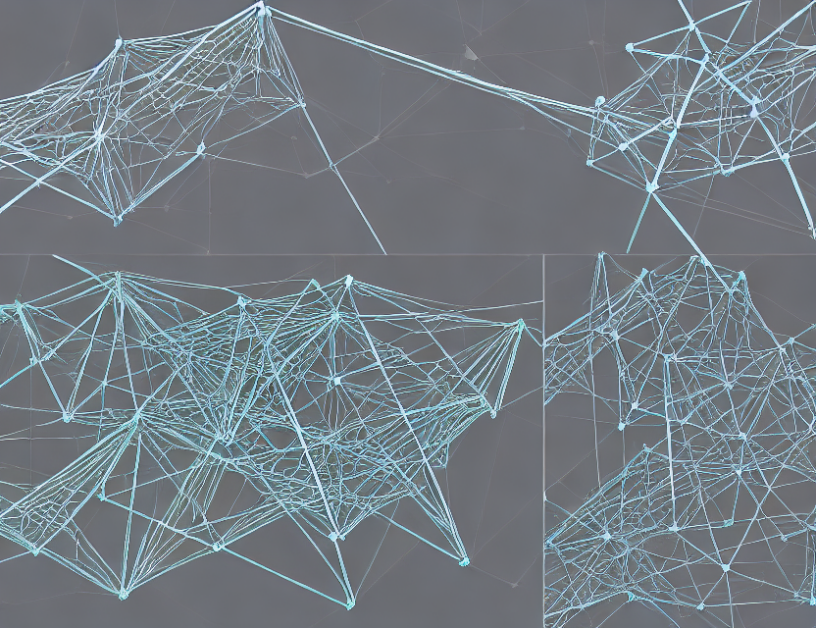In this article, we delve into the world of time series forecasting, exploring how graph structure learning can enhance our predictions. By leveraging the power of graph neural networks (GNNs), we can model complex relationships between time series and improve accuracy. Let’s dive in to understand how GNNs work and how they can help us make better predictions.
Introduction
Imagine you are a weather forecaster trying to predict the temperature for tomorrow. You have historical data on past temperatures, but the relationship between these readings is complex – sunny days tend to be warmer than rainy ones, but there are also seasonal patterns to consider. Traditional methods might struggle to capture these intricate connections, leading to inaccurate predictions. That’s where graph structure learning comes in.
Graph Structure Learning
A graph is a mathematical representation of relationships between objects or events. In the context of time series forecasting, each time point represents an node in the graph, and the edges connecting them represent the dependencies between these points. By learning the graph structure from historical data, GNNs can capture complex patterns and make more accurate predictions.
GNNs for Time Series Forecasting
Now that we’ve established the basics of graph structure learning, let’s see how it applies to time series forecasting. The key insight is that GNNs can learn a representation of the time series data that takes into account both short-term and long-term dependencies. This allows them to make more accurate predictions by modeling complex relationships between different parts of the time series.
MTGNN, a popular GNN framework, uses a combination of message passing and attention mechanisms to learn this representation. In essence, it iteratively updates the node representations based on the representations of neighboring nodes and their past values. This allows MTGNN to capture both local patterns (e.g., trends in nearby time points) and global patterns (e.g., seasonal changes).
Applications of GNNs in Time Series Forecasting
GNNs have been successfully applied to various time series forecasting tasks, including energy consumption prediction, stock price prediction, and weather forecasting. In these applications, GNNs have demonstrated superior performance compared to traditional methods, which often struggle with complex dependencies between variables.
In the context of solar energy prediction, for example, GNNs can capture the interdependencies between different solar panels, allowing them to make more accurate predictions about energy output. Similarly, in stock price prediction, GNNs can model the relationships between different stocks and their historical prices, leading to better forecasts.
Challenges and Future Directions
While GNNs have shown impressive results in time series forecasting, there are still challenges to overcome. One of the main difficulties is scaling GNNs to larger datasets, which can be computationally expensive. To address this issue, researchers have proposed several methods, including parallelization and hierarchical graph construction.
Another challenge is interpretability – while GNNs are highly accurate, they can be difficult to understand due to their complex nature. To improve interpretability, researchers are exploring techniques such as attention visualization and graph-based feature importance analysis.
Conclusion
In conclusion, GNNs offer a powerful tool for time series forecasting, allowing them to capture complex relationships between variables. By leveraging the mathematical structure of graphs, GNNs can make more accurate predictions than traditional methods, which often struggle with these dependencies. While there are still challenges to overcome, the future of time series forecasting looks promising with the help of graph structure learning.



